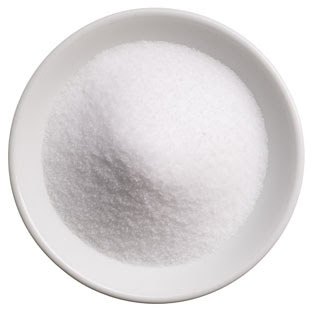2010
By Syed Akbar
Packaged drinking water is fit for human consumption only if it conforms to the following guidelines:
* It should be subjected to treatment and disinfected to a level that will not lead to harmful contamination.
* Odour and taste should be agreeable
* Total dissolved solids should not exceed 500 mg/litre
* The PH value should be between 6.5 and 8.5
* The PH value should be between 6.5 and 8.5
* There should be no mineral oil or phenolic compounds
* Residual free chlorine should not be more than 0.2 mg/litre
* Pesticide residues should not exceed 0.0001 mg/litre
* Pesticide residues should not exceed 0.0001 mg/litre
* It should be free of biological contaminants like yeast, moulds, Salmonella, Shigella, E. coli or thermo tolerant bacteria, Coli form bacteria, faecal streptococci and Staphylococcus aureus and Pseudomonas aeruginosa.
Hyderabad, July 31: When Surendra Kumar, a resident of posh Banjara Hills, purchased a 5 litres packaged drinking water can, little did he realise that he was compromising on his and family’s health. He was damn sure that he had the purest drinking water can in his hands, far safer than the “dirty” water supplied through municipal taps. But when Surendra returned home, he found to his horror that the water can was contaminated by fungus, moulds and bacterial colonies.
There are lakhs of Surendras, who blindly believe that packaged drinking water is always potable. But contrary to popular belief, packaged drinking water is not necessarily safer than the tap water. Leading brands too often fail the water test, even in the USA and the UK
Health experts say, physically water should be clear, free of turbidity and with total dissolved solids not exceeding half a gram per litre of water. Chemically, it should be free of harmful chemicals, while generally available elements should be present within the prescribed limits. And then comes the all-important biological test. Drinking water should be free of all pathogens particularly those that come out of human waste.
No one should assume that just because he or she purchases water in a bottle that it is necessarily any better regulated, purer, or safer than most tap water.
While thousands including our VIPs like to vouchsafe for the safety of packaged drinking water, the Natural Resources Defence Council, an environment action group in the USA, argues “no one should assume that just because he or she purchases water in a bottle that it is necessarily any better regulated, purer, or safer than most tap water.” When even in an advanced country like the USA
“I bought Bisleri mineral water of 5 litres on July 15 from Road No.10, Banjara Hills. When we observed the jar we were shocked to find fungus formation at one corner. There are many dirty particles. The date of production is July 7, 2010 with the code number 8 906017290071. I wonder whether we are paying money for ill health. I made a call to Bisleri-Habsiguda office and they informed to their franchisee Gautami Industries,” Surendra said.
The Bureau of Indian Standards has delicensed several packaged drinking water brands after its laboratory tests showed they failed to maintain the prescribed standards. Thanks to the popular myth that tap water is unsafe, people spend between 200 and 400 times more per litre for packaged water than on municipal water. In Hyderabad
Says GHMC senior biologist Balaji Raju, “water supplied through municipal taps is safe unless there is some contamination between the source and supply points. The same holds good for packaged drinking water. There are stringent rules on quality of drinking water and they are equally applicable for packaged drinking water and water supplied through taps”. While packaged drinking water samples are tested at random and occasionally, municipal water undergoes hundreds of tests at several points every day.
“Only on Thursday the United Nations declared that safe and pure drinking water is a basic human right. Whether our water comes from a municipal tap or a bottle from a leading manufacturer, we have every right to know how safe it is to drink,” points out senior advocate AK Basha.
Officials of the Bureau of Indian Standards suggest that before purchasing a packaged drinking water bottle, one should check the manufacture date and whether the bottle has any leaks and the tamper proof seal is in tact. Physical examination of the water can or bottle is a must as it will reveal foreign bodies, if any.
Since packaged drinking water comes under the purview of the Food Adulteration Act, affected consumers can seek legal action against, including compensation from, the manufacturer. They can lodge complaint with the Food and Sanitation wing of the local municipal authority, with the Bureau of Indian Standards or with the local police.
Now that the police had finally acted against municipal and water board officials holding them responsible for the last year’s cholera deaths in Bholakpur area of the city, consumers can hope that the erring and unscrupulous manufactures of packaged drinking water will pull up their socks and adhere to the high quality water standards fixed by the Centre.




